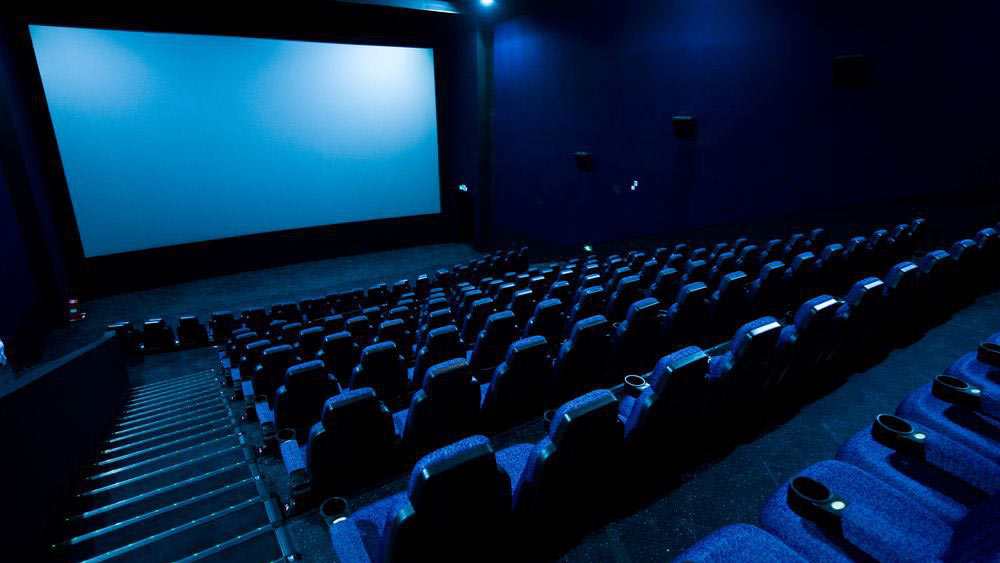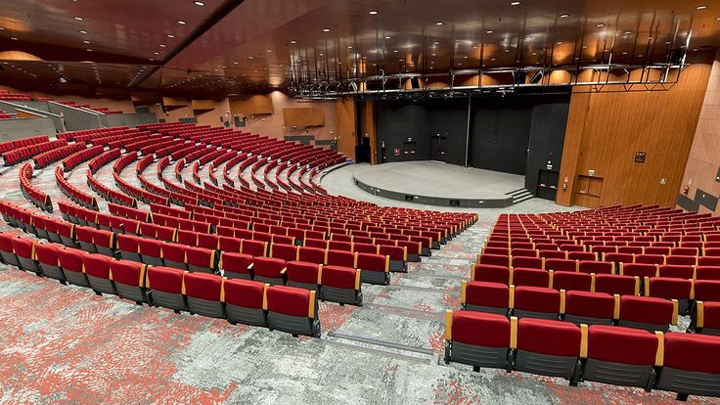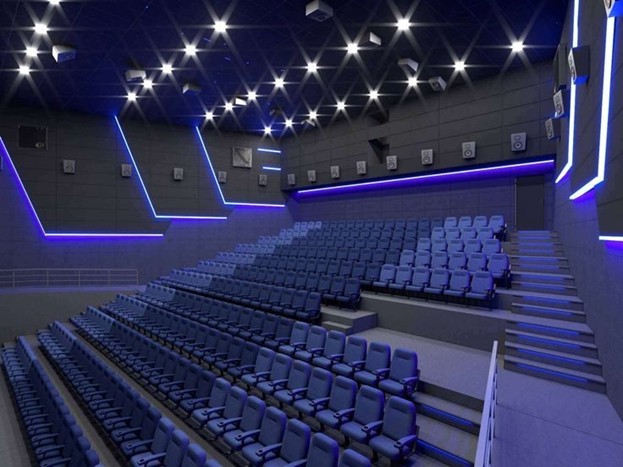The sound quality in a cinema is crucial to provide an immersive and enjoyable movie-watching experience. Achieving this requires careful attention to various elements, with acoustic treatments playing a pivotal role. In this article, we will explore various strategies to improve sound quality in the cinema, emphasizing the importance of cinema acoustic treatments and cinema seat.
Understanding Cinema Acoustic Treatments
Cinema acoustic treatments involve the use of specialized materials and techniques to control sound reflections, reverberations, and other acoustic issues within a cinema. These treatments are designed to improve the clarity, balance, and overall quality of sound, ensuring that every audience member has the best possible listening experience.
The Importance of Proper Speaker Placement
Proper speaker placement is essential for achieving high-quality sound in a cinema. Speakers should be strategically positioned to ensure even sound distribution throughout the auditorium. Front speakers should be placed at ear level for the audience, while surround speakers should be positioned to create an enveloping sound field. Subwoofers should be placed in locations that maximize bass response without causing boominess.
Utilizing Acoustics
Acoustics are key components of cinema acoustic treatments. These panels are designed to absorb sound waves, reducing reflections and reverberations that can muddy the sound. By strategically placing panels on the walls and ceiling, cinemas can achieve clearer, more focused audio. These panels come in various shapes, sizes, and materials, allowing for customization to suit the specific needs of the cinema space.
Implementing Bass Traps
Bass traps are another important element of cinema acoustic treatments. These devices are used to control low-frequency sounds, which can be particularly problematic in large spaces like cinemas. Bass traps are typically placed in corners or along walls to absorb excess bass energy, preventing it from overpowering other frequencies. This results in a more balanced and accurate sound.
Using Diffusers for Sound Clarity
Diffusers are a type of cinema acoustic treatment that scatter sound waves, reducing echoes and creating a more even distribution of sound. Unlike absorptive materials, diffusers do not absorb sound; instead, they break up sound waves and disperse them in different directions. This helps to maintain the natural ambiance of the cinema while improving clarity and intelligibility.
Controlling Ambient Noise
Ambient noise can significantly impact the sound quality in a cinema. HVAC systems, lighting fixtures, and other equipment can create unwanted background noise that detracts from the movie experience. Implementing cinema acoustic treatments to control and minimize ambient noise is crucial. This can include soundproofing materials, vibration isolation, and quieter HVAC systems to reduce noise levels.
Optimizing Seating Arrangement
The seating arrangement in a cinema can also affect sound quality. Ensuring that seats are positioned to provide the best audio experience for all viewers is essential. Avoid placing seats too close to walls, as this can result in reflections that distort the sound. Instead, aim for a balanced layout where every cinema seat benefits from the optimized audio created by cinema acoustic treatments.
Regular Maintenance and Calibration
Regular maintenance and calibration of the sound system are vital for maintaining high-quality audio in a cinema. Over time, speakers and other audio equipment can drift out of alignment or develop issues that affect sound quality. Periodic calibration ensures that the sound system is operating at its best, while regular maintenance can prevent problems before they arise.
Customizing Acoustic Treatments for Different Cinemas
Every cinema is unique, with different architectural features and acoustic challenges. Customizing cinema acoustic treatments to suit the specific needs of each cinema is crucial for achieving the best results. This can involve conducting acoustic measurements to identify problem areas and developing tailored solutions that address these issues effectively.
Training Staff on Sound Management
Training cinema staff on sound management practices is an often-overlooked aspect of improving sound quality. Staff should be knowledgeable about the basics of sound system operation, maintenance, and the importance of cinema acoustic treatments. This ensures that they can address minor issues promptly and maintain the optimal audio environment.
The Role of Advanced Audio Technologies
Incorporating advanced audio technologies can further enhance the sound quality in a cinema. New technologies provide immersive audio experiences by adding height channels and object-based sound. These technologies work best when combined with effective cinema acoustic treatments, as they require precise sound control to deliver their full potential.
Soundproofing Techniques
Soundproofing is a critical aspect of cinema acoustic treatments. Preventing external noise from entering the cinema and stopping sound from leaking out are both important for maintaining a high-quality audio environment. Techniques such as double-glazed windows, soundproof doors, and wall insulation can significantly reduce noise intrusion.
Evaluating and Upgrading Audio Equipment
Regularly evaluating and upgrading audio equipment is essential for maintaining high sound quality in a cinema. As technology advances, new audio equipment can offer better performance and features. Upgrading speakers, amplifiers, and processors can provide significant improvements in sound quality, especially when combined with effective cinema acoustic treatments.
Consulting with Acoustic Professionals
Consulting with acoustic professionals can provide valuable insights and expertise in improving cinema sound quality. Acoustic professionals can conduct detailed assessments of the cinema’s acoustic environment, recommend appropriate treatments, and ensure that the installation is carried out correctly. Their expertise can help identify issues that might not be apparent and provide solutions that maximize audio performance.
Continuous Improvement and Audience Feedback
Continuous improvement based on audience feedback is vital for maintaining and enhancing sound quality in a cinema. Encouraging audience members to provide feedback on their audio experience can highlight areas for improvement. Regularly updating and refining cinema acoustic treatments based on this feedback ensures that the cinema consistently delivers the best possible sound quality.
Conclusion
Achieving high-quality sound in a cinema requires a multifaceted approach that includes proper speaker placement, the use of acoustic panels, bass traps, and diffusers, and controlling ambient noise. Cinema acoustic treatments play a pivotal role in addressing acoustic challenges and ensuring that every audience member enjoys a clear, balanced, and immersive audio experience. Regular maintenance, staff training, and continuous improvement are essential for maintaining optimal sound quality. By investing in effective cinema acoustic treatments and staying up-to-date with the latest audio technologies, cinemas can provide an unparalleled movie-going experience that keeps audiences coming back for more.





